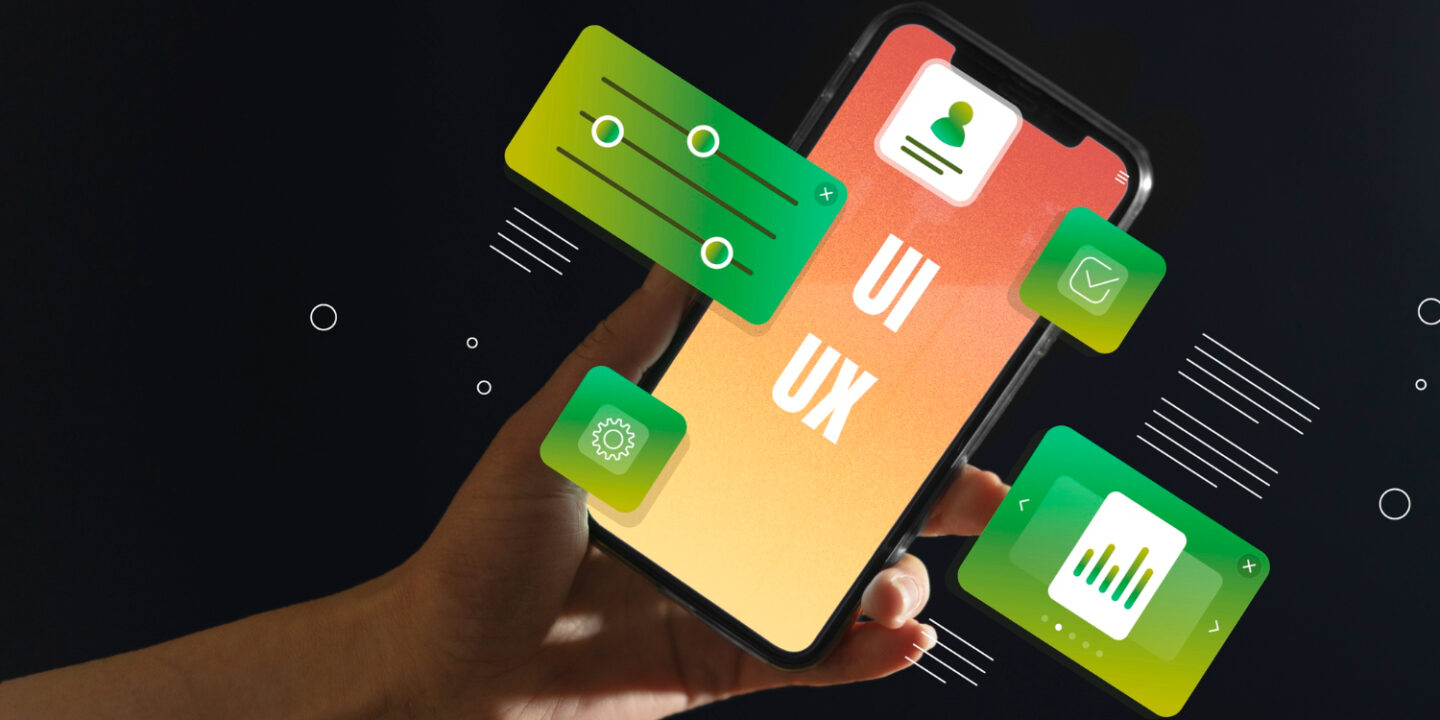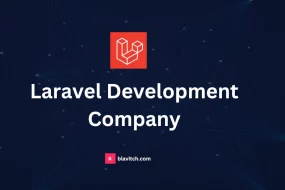
When it comes to launching a successful startup, your product isn’t just a collection of features; it’s a solution to a problem, a bridge to a better future. In the dynamic world of entrepreneurship, your product is your avatar in the vast digital landscape. It should resonate with your target audience, capture their hearts, and serve their needs flawlessly.
This is where user-centered design (UCD) comes into play. UCD is more than just a buzzword; it’s a philosophy that should be at the core of your startup’s product development process. In this article, we’ll explore the profound importance of UCD and how it can be a game-changer for your startup’s success.
Understanding User-Centered Design
Before diving into the significance of UCD, let’s clarify what it means. At its core, UCD is a design approach that prioritizes the end-users, their needs, and their preferences throughout the product development lifecycle. It’s about creating a product that delights and empowers the people who use it.
In a startup context, UCD means building your product from the ground up with a deep understanding of your target audience. It involves:
- Conducting user research to uncover their pain points and aspirations.
- Designing intuitive and user-friendly interfaces.
- Testing and iterating based on user feedback.
- Creating a product that offers real value and resonates with your audience.
Now, let’s delve into why UCD is crucial for the success of your startup.
1. Aligning with User Needs
The primary reason for the existence of any product is to meet a user’s needs or solve a problem. If your startup’s product doesn’t resonate with your target audience or doesn’t make their lives easier or more enjoyable, it’s destined to struggle.
UCD ensures that your product is in tune with the needs, preferences, and behaviors of your users. By conducting thorough user research, you gain insights into what your audience truly desires. This knowledge guides your product development, allowing you to create a solution that directly addresses their pain points.
2. Enhancing User Experience
A great user experience is the secret sauce that transforms a product from ordinary to extraordinary. User experience is not just about aesthetics; it’s about the entire journey a user takes with your product. It encompasses ease of use, efficiency, satisfaction, and even emotional engagement.
A user-centered approach to design focuses on creating an experience that delights users. It’s about intuitive navigation, clear communication, and a design that feels like second nature to the user. A positive user experience leads to increased user satisfaction, loyalty, and word-of-mouth referrals.
3. Reducing Risk and Costs
In the startup world, resources are often limited, and time is of the essence. Building a product that hasn’t been validated by user feedback is a risky venture. Without UCD, you’re essentially taking a shot in the dark.
UCD mitigates risk by reducing the chances of building a product that users won’t embrace. By conducting user testing and getting feedback early in the development process, you can make informed decisions and iterate efficiently. This approach saves you from costly overhauls and pivots down the road.
4. Differentiation in a Crowded Market
The startup landscape is fiercely competitive. There’s a high likelihood that someone, somewhere, is working on a product similar to yours. In such a scenario, what sets you apart is the user experience you offer.
User-centered design enables your startup to stand out by providing a unique and memorable experience. When your product meets user needs better than your competitors, you gain a competitive edge. A satisfied user base becomes your most effective marketing channel, spreading the word about your product.
5. Adapting to Change
Startups are known for their agility and adaptability. The ability to pivot and adjust your product to changing market conditions is a superpower. UCD supports this flexibility.
By maintaining a strong connection with your users and continually gathering feedback, you can quickly respond to market shifts and evolving user needs. You’re not locked into a rigid product but rather on a path of constant refinement and adaptation.
6. Creating Brand Advocates
A user who has a positive experience with your product becomes more than a customer; they become a brand advocate. These advocates not only continue to use your product but also recommend it to others.
User-centered design ensures that your product is designed with the user’s best interests in mind. This commitment to the user’s well-being fosters trust and loyalty, turning users into vocal supporters of your brand.
7. Efficient Development Process
UCD, contrary to what some may fear, doesn’t slow down the development process. It streamlines it. By having a clear understanding of what your users want and need, you eliminate the guesswork and reduce unnecessary features or functionalities. This leads to a more focused and efficient development process, ultimately saving time and resources.
Incorporating UCD in Your Startup
Now that we’ve established the importance of UCD in startup product development, you may be wondering how to incorporate it into your process. Here are some key steps:
- User Research: Invest time in understanding your target audience. Conduct surveys, interviews, and usability testing. Learn about their pain points and what they value in a product.
- Prototyping: Create prototypes or wireframes of your product to get early feedback from users. This allows you to identify and rectify issues before they become costly.
- Iterate and Test: Continuously iterate your product based on user feedback. Regularly test and gather data to ensure that your product remains aligned with user needs.
- Usability Testing: Conduct usability testing with real users to identify any roadblocks or issues in your product’s user experience.
- Collaborative Design: Involve your development and design teams in the UCD process. Ensure that everyone understands the user-centered goals and principles.
- Empathy and Communication: Foster a culture of empathy for your users within your startup. Encourage open communication and feedback channels.
- Monitor and Update: After your product is launched, keep a close eye on user behavior and feedback. Be prepared to update and enhance your product regularly.
Conclusion
In the tumultuous world of startups, where the odds are stacked against you, user-centered design can be your anchor. It’s the approach that keeps your product development efforts grounded in reality, aligned with the needs of your target audience, and primed for success.
Remember, your startup’s product is not just a collection of code or a set of features; it’s an experience. It’s the way your users interact with and perceive your brand. By making user-centered design a guiding principle in your startup, you’re not just building a product; you’re crafting an exceptional user experience that can propel your startup to new heights of success. The choice is yours, but the potential is boundless.
Ready to transform your startup’s product with user-centered design? Schedule a call with Blavitch today and kickstart your journey to success!







